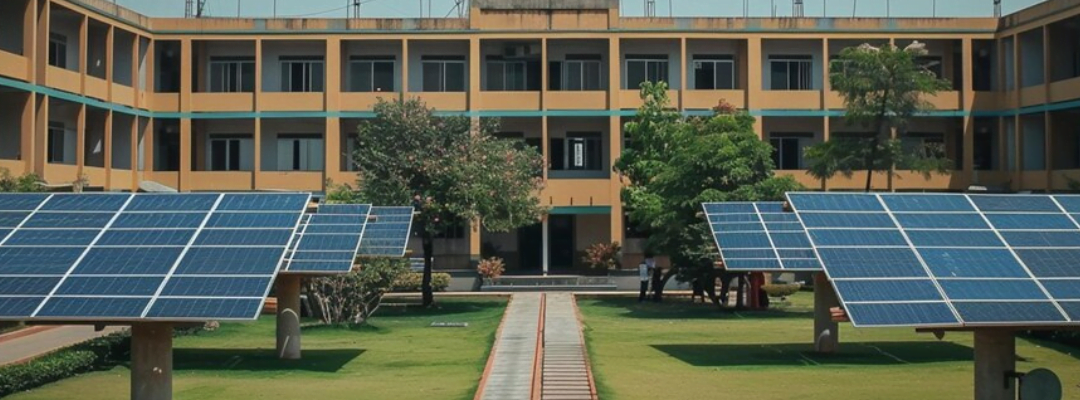In today’s world, educational institutions have a significant role in leading the charge toward a sustainable future. One of the most effective ways schools can contribute to environmental conservation is by adopting solar energy. Solar panels not only offer a renewable energy source but also play a crucial role in reducing a school’s carbon footprint, making them a compelling choice for institutions aiming to champion sustainability
Understanding Carbon Footprint
A carbon footprint is the total amount of greenhouse gases, particularly carbon dioxide, that are emitted into the atmosphere due to human activities. For schools, this includes energy consumption from heating, lighting, computers, and other electrical devices. The carbon emissions from these activities contribute to global warming and climate change, which have long-term detrimental effects on the environment. Transitioning to solar energy significantly reduces these emissions, paving the way for a cleaner and healthier planet.
Contribution to Climate Change Mitigation
Installing solar panels in schools plays a vital role in climate change mitigation efforts. As educational facilities account for approximately 4 percent of the total carbon emissions in the United States, transitioning to solar energy using commercial solar solutions can substantially lower this percentage and demonstrate a commitment to sustainable practices.
Improvement of Air Quality
The use of solar energy helps improve local air quality by displacing the need for power generated from conventional energy sources, such as coal and natural gas. Conventional power generation emits harmful pollutants that contribute to smog and respiratory issues, whereas solar energy production is clean and does not release harmful emissions into the atmosphere.
Significant Decrease in Emissions
By switching to solar power, schools can cut down their carbon dioxide emissions by a substantial margin. For instance, a medium-sized school installing a solar panel system capable of producing 50 kW can reduce carbon emissions by over 70,000 pounds annually. This reduction is equivalent to planting hundreds of trees each year or removing dozens of cars from the road.
Energy Independence and Reliability
Long-term, schools that invest in solar panels contribute to an overall decrease in greenhouse gas emissions and promote a sustainable future. Solar energy systems not only provide immediate benefits in reducing carbon footprints, but they also catalyze community engagement in environmental initiatives.


